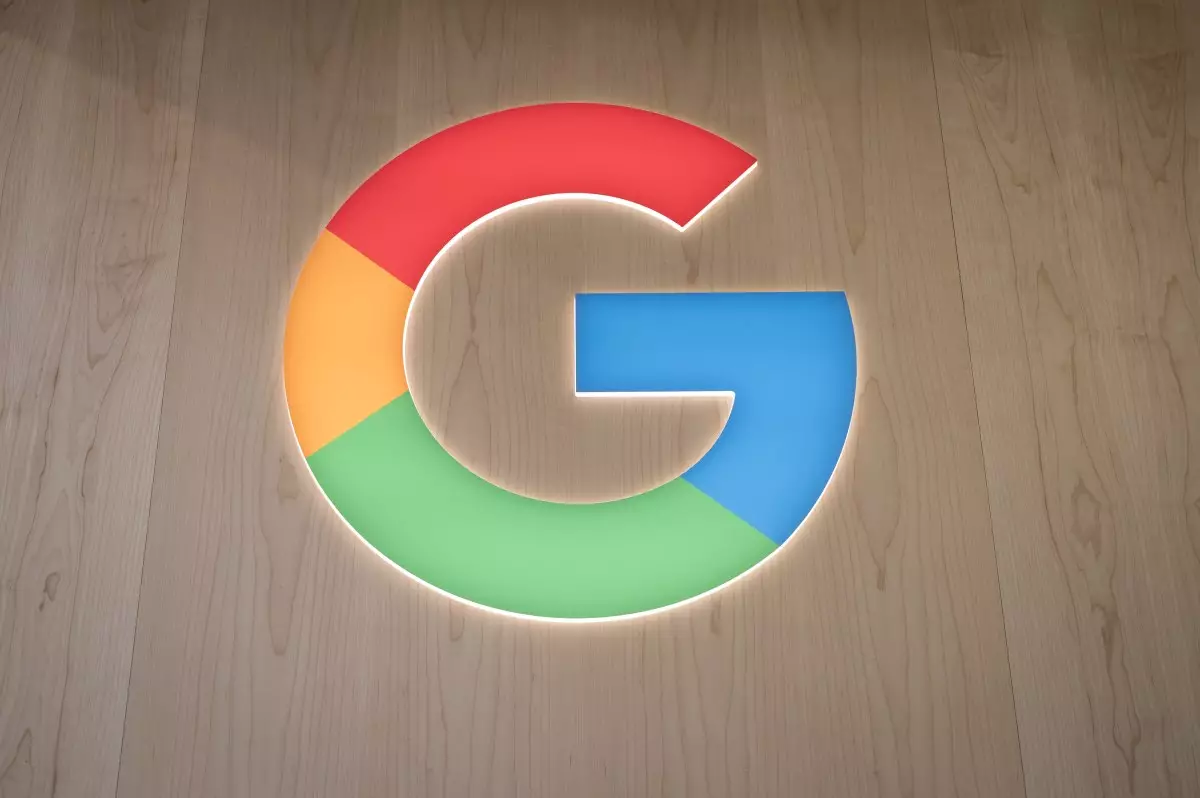In an age where digital imagery dominates social media and personal sharing, the integration of artificial intelligence in photo editing has revolutionized how users create and modify images. Google Photos is at the forefront of this trend, recently announcing that it will provide users with disclosures regarding AI-assisted edits. This initiative aims to foster transparency, but it raises significant questions about effectiveness and the user experience, especially regarding how the public perceives synthetic content.
Starting next week, users of the Google Photos app will notice a new disclaimer regarding photos edited with AI features such as Magic Editor, Magic Eraser, or Zoom Enhance. This disclosure will appear in the “Details” section of the app, helping to inform users about which images have been altered employing these advanced tools. However, despite these efforts to enhance transparency, there remains a critical gap in how readily visible these disclosures are. The lack of prominent visual watermarks within the photographs themselves leaves much to be desired for immediate recognition of AI-edited images.
The core issue extends beyond mere disclosure in a details tab; it revolves around fostering trust and reducing deception among users. A significant drawback of Google’s approach is that the majority of individuals engage with images on social media or messaging apps without delving deep into metadata or the finer details of an image. As a consequence, photos edited via AI may circulate extensively without any clear indication of their synthetic nature, perpetuating a sense of unawareness among the general audience.
Further complicating matters, the decision to omit visual indicators within the actual frame of an image has spurred backlash from critics who argue that consumers have the right to recognize edited content at a glance. While Google emphasizes that all AI-edited images will continue to carry metadata indicating the edits, this solution does little for the everyday viewer who likely scrolls past without a second glance, missing such subtle cues entirely.
The impetus for these disclosures seems partially rooted in the backlash Google received for implementing these robust AI tools without adequate consumer awareness. This initiative is, in many respects, a reaction to those concerns. Google’s introduction of tags for AI features in photos represents a step towards appeasing critics but does not resolve the practical visibility issue. For features like Best Take and Add Me, metadata editing is similarly acknowledged, but these changes still fall short of addressing users’ primary grievances.
Interestingly, the tech giant is not fully alone in this endeavor; Meta, the parent company of Facebook and Instagram, has already taken steps to mark AI-generated images on its platforms. This exemplifies the competition and division within social media regarding how to handle synthetic content. Google’s plans to flag AI images in Search later this year showcase a willingness to adapt to user needs but may not be enough to reassure those who worry about the pervasive nature of AI in media.
The Bigger Implications
As Google expands its suite of AI image editing capabilities, the potential increase in synthetic content heightens the importance of transparency in digital media. The proliferation of AI editing tools complicates our ability to discern real from unreal, creating challenges not just for individuals, but for broader societal contexts reliant on visual communication. The responsibility of distinguishing genuine images from altered ones cannot lie solely in metadata disclosures; it requires a more robust approach to visual literacy among users, emphasizing the need for platforms to educate their audiences on the implications of AI editing tools.
While Google Photos’ new disclosure for AI modifications marks a progressive step toward transparency, it falls short of delivering a solution that fully addresses user concerns. Without visible indicators within the imagery itself, the risk of perpetuating deceptive practices in online photography remains high. For genuine user protection and informed engagement, technology companies must prioritize both transparency and education, equipping users with the necessary tools to navigate an increasingly complex digital landscape. The conversation around AI versus human-created imagery has only just begun, and as enhancements continue, the industry must adapt proactively to fortify user trust in an era dominated by algorithmic content creation.

